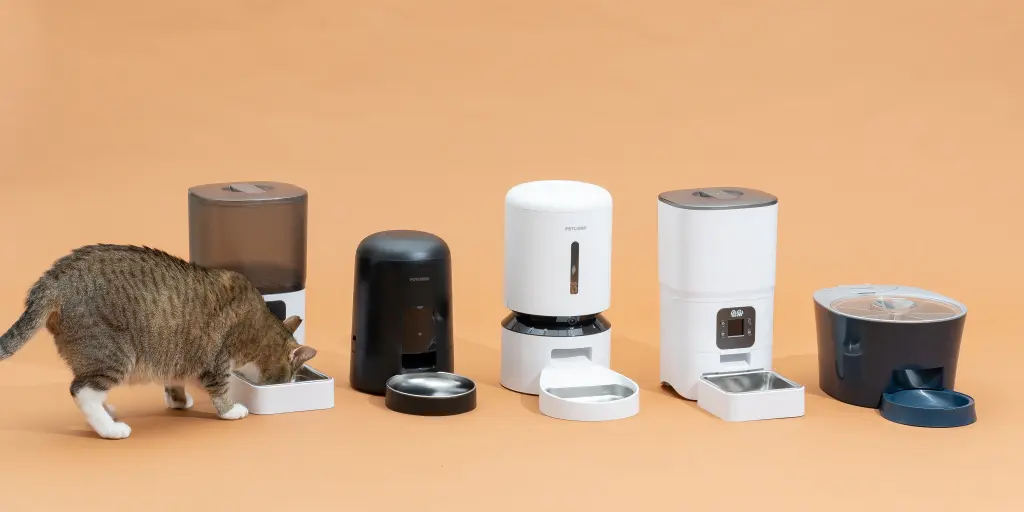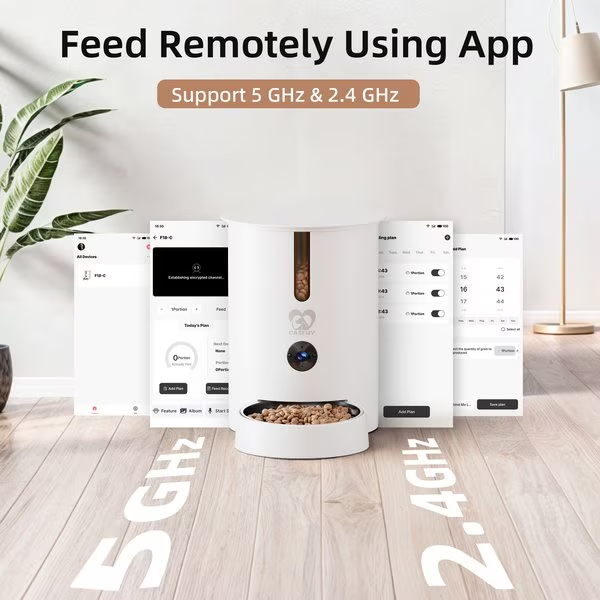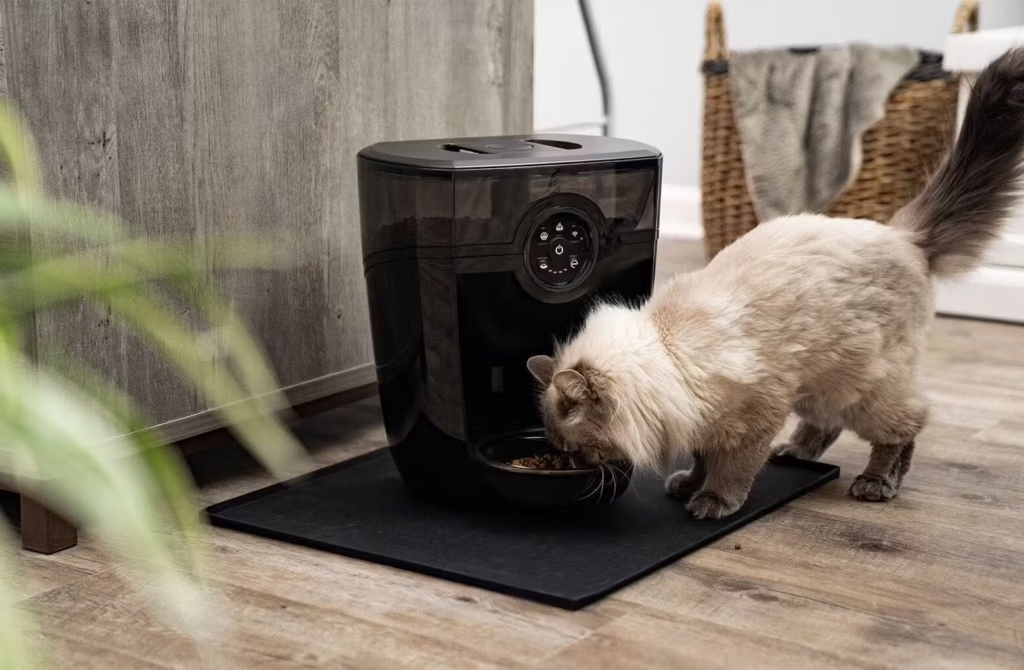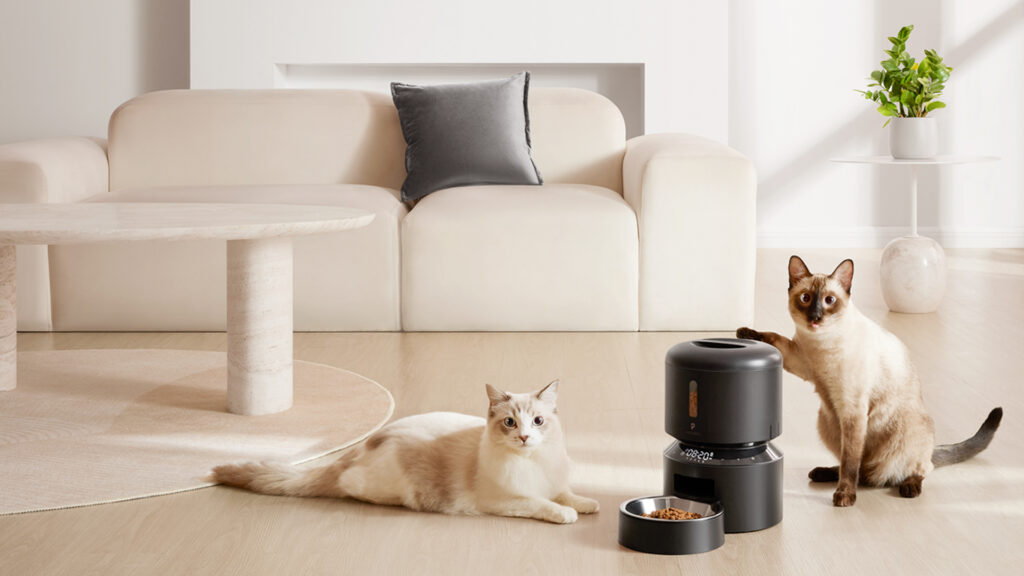How Much to Feed a Kitten Per Day: Complete Guide for Happy, Healthy Kittens
Feeding a kitten is more than just filling a bowl. Knowing how much to feed a kitten per day is essential for their growth, health, and happiness. Many new cat owners often wonder, "how much food should a kitten eat each day?" or "how much should I feed a kitten per day?" This guide covers all these questions, helping you understand your kitten's nutritional needs and creating a feeding plan that works perfectly.
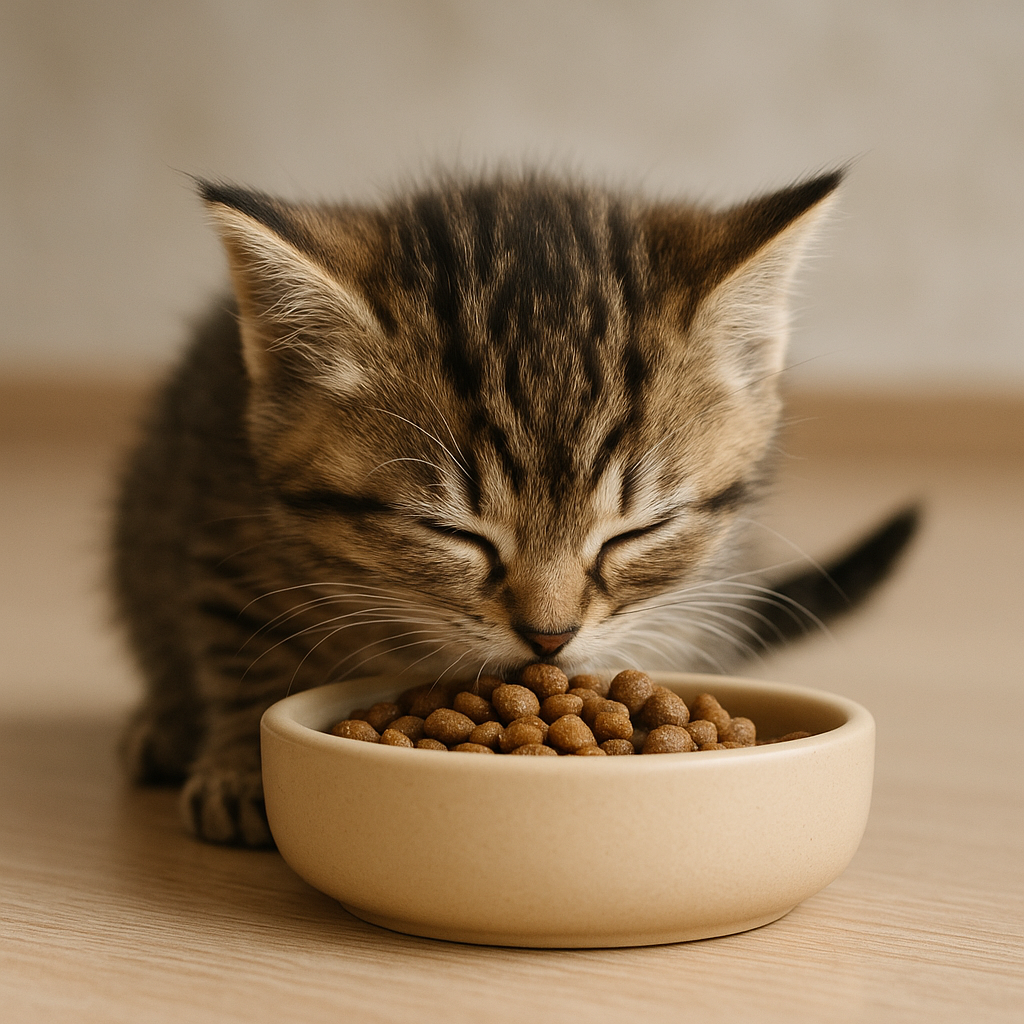
Understanding a Kitten's Nutritional Needs
Kittens are little energy machines! To grow healthy and strong, they need:
Essential for muscle and organ development. Look for high-quality animal proteins as the first ingredient.
Provide energy and help absorb vitamins. Essential for brain development and healthy skin.
Support bones, teeth, and immunity. Calcium and phosphorus are especially important for growing kittens.
Proper nutrition is the foundation for a happy and healthy kitten, so understanding these needs helps answer how much food for a kitten per day.
Factors Affecting How Much a Kitten Should Eat Each Day
Kittens grow rapidly, especially in their first 4 months. A 6-week-old kitten eats far less than a 12-week-old.
Small breeds like Siamese need smaller portions, while larger breeds like Maine Coons require more food.
Active kittens burn more calories. Your playful kitten may need more food than a quieter one.
How Much to Feed a Kitten Per Day
Remember, whether you're using wet or dry food, portion size matters. Wet food provides hydration, while dry food is convenient and calorie-dense. This helps answer the question, "how much food should a kitten eat each day."
Feeding Schedule for Kittens
Formula every 2-3 hours around the clock. They need constant nutrition for rapid development.
Introduce wet food gradually, 4-6 meals daily. This is the weaning stage where they transition to solid food.
3-4 meals per day with wet/dry food. This is a period of rapid growth and high energy needs.
2-3 meals per day depending on size and appetite. Adjust portions based on growth and activity level.
Following a schedule ensures your kitten eats consistently, preventing overeating or underfeeding.
Portion Sizes: Wet Food vs Dry Food
Typically 2-3 small cans per day for a 2-month-old kitten. Provides essential hydration and is easier to eat.
About ¼ to ⅓ cup daily, divided into multiple meals. More calorie-dense and good for dental health.
Knowing how much should a kitten eat each day will prevent nutritional deficiencies or weight issues.
Signs Your Kitten is Eating the Right Amount
Consistent, healthy growth without sudden spikes or drops.
Active and playful behavior, showing they have enough fuel for activities.
Firm but not hard stools, indicating proper digestion.
If these signs are positive, your kitten is eating the right amount.
Signs of Overfeeding or Underfeeding
Vomiting, diarrhea, obesity, lethargy. The kitten may have a distended belly after eating.
Weight loss, dull coat, low energy, constant begging for food. Ribs may be visible.
Monitoring your kitten helps answer, "how much should I feed a kitten per day."
Tips for Transitioning Between Foods
Mix a small amount of new food with the old. Start with 25% new food and 75% old food.
Gradually increase new food over 7-10 days until you reach 100% new food.
Watch for digestive issues and adjust the transition pace if needed.
This ensures your kitten adapts without losing appetite or digestive balance.
Special Considerations
Kittens with health issues require veterinary guidance for proper feeding. In multi-kitten households, divide food carefully to ensure all kittens are fed adequately. Adjust portions based on individual needs to answer the question, "how much food for kitten per day."
Homemade vs Commercial Kitten Food
Allows ingredient control but risks missing key nutrients. Requires careful formulation with veterinary guidance.
Formulated for kittens' growth needs and recommended by vets. Look for AAFCO certification for complete nutrition.
Either choice requires understanding your kitten's dietary requirements.
How to Measure Food Accurately
For precision weighing, especially important for very young kittens.
Work when following packaging guidelines. Use standardized measuring cups, not random cups.
Unless your vet advises, scheduled meals help monitor intake and prevent obesity.
Proper measurement ensures correct portioning and consistent feeding.
Hydration and Water Intake
Even kittens on wet food need clean, fresh water daily. Dry food increases water requirements. Provide multiple water sources around your home. Proper hydration is essential for digestion and overall health.
Frequently Asked Questions About Feeding Kittens
Conclusion
Knowing how much to feed a kitten per day is key to healthy growth and a happy, playful kitten. Consider age, breed, activity, and food type when planning portions. Monitor weight, energy, and digestion, and stick to a structured feeding schedule. By following this guide, you'll confidently ensure your kitten gets the nutrition they need every day.

